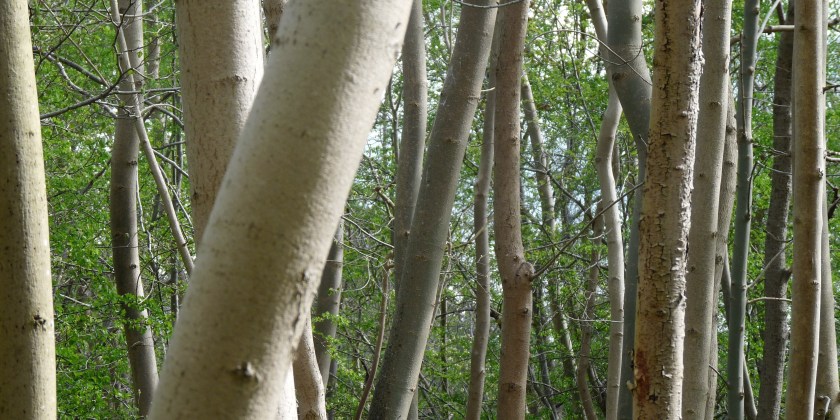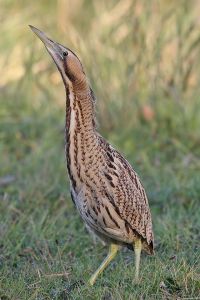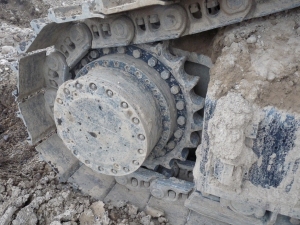Recently, we became members at High Batts Nature Reserve, just down the road. Many of those who join are enthusiasts, well able to name every bird, bat, butterfly, moth and insect that inhabits or passes through this area of mixed woodland and open clearings. We can’t, but that’s rather why we wanted to join. We’re keen to learn.

We had a bit of a chance the other evening. And yet High Batts wasn’t our destination. Instead it was one of the local quarries, normally closed to the public, but open for one night only to members of High Batts. It’s Quarry Central round here: lorries hauling gravel hither and yon are a common sight. But once exhausted, and in fact in many cases while they’re still actively being quarried, these places become nature reserves, havens for native and migrating water birds, and creatures of every kind, pleased to find tracts of undisturbed, unfarmed countryside where they can live and prosper.
So the other evening we were at Bellflask. A still very active quarry, it’s not open to the public, and hidden from view down long and fairly inaccessible tracks. But it’s very much open to wildlife. Our guides on a cold and blustery May evening were the quarry’s manager, Bob Orange, and Brian and Sue Morland, whose passion is for the flora and fauna of the place.
Bob’s role is to ensure that as each part of the site outlives its industrial usefulness, it becomes a housing and holiday destination for as wide a variety of wildlife as possible. He says that even where gravel is actively being extracted, sandpipers, martins and so on fly within inches of the giant-sized machinery and immense trundling diggers with no fear at all.

But it was Brian and Sue who were most endlessly fascinating. They live in a cottage on site, where they have a lease on a large area of riverside. Their income comes from the fishery they’ve developed, but their real passion is in creating a favourable wildlife habitat. Largely, this means leaving things to grow unimpeded. Every evening for many years, Bob has set moth traps. Because of the richness of habitat on the site, undisturbed by farming and pesticides, there are moths here that are found nowhere else in Yorkshire, and hardly anywhere ‘up north’. This is important, he says. ‘What a lot of people don’t understand is that if you take, say, a pair of blue tits, to raise a family they require about 35,000 caterpillars and each one of these moths lays three or four hundred eggs. This is the bottom end of the food chain. Take your moths away and your birds starve’.*
Their secluded address means that they are the ones who have found a grey atlantic seal here, quietly fishing after having been swept nearly 60 miles up river one summer in unusual flood conditions. On a summer’s evening, Brian may go looking for lampreys in the river, and find himself at the centre of a group of gambolling and playing young otters. He and Sue are keen to allow nature to take over, but they’re not above giving a helping hand. They’ve planted reed beds. That way, the increasingly rare reed warbler is thriving, and they even hope to have the bittern that now pass through breeding here.

We saw nothing like this. The cold and slightly dismal conditions kept wildlife at bay. But just as interesting was the sight of all that machinery: the 24-hour-a-day pumps keeping the water level in the gravel pits at a level that permitted working to take place, the mammoth diggers with their immense caterpillar tracks.

We’ve noticed a few more sessions when this place will be open to the public over the next few months. We’ll be there
* Yorkshire Post, Friday 10th September 2010






Fascinating. Do you have to be a member to go to the special open evenings?
LikeLike
You can talk nicely to your friend who is a member. But in fact the RSPB is doing an evening there soon, to which anyone is invited. I’ll check the details as we’d like to go too.
LikeLike
What a wonder! It’s such a sensible plan, to make sure there’s a use for the old quarries and they don’t just sit as big scars in the earth! The people who make this all happen are visionaries, for sure.
LikeLike
It’s a wonderful place, but not unique round here. This is a wonderful area for water birds, particularly migrating species, as there is so much available locally for them.
LikeLike
Fascinating in so many ways! Thank you for this! I never considered quarries having anything but negative impacts on the surrounding natural habitat. Then, to read about Brian and Sue was a sheer delight. I am intrigued by people who make such valued contributions to nature and, indeed, life in general, in ways most of us would never imagine.
LikeLike
Brain and Sue are absolutely great. But hope they feel rewarded by having such wonderful neighbours in the natural world.
LikeLike
Fascinating. Quarries round here are often used as facilities for water sports or landfill. Changing the subject, we went to the Yorkshire Sculpture Park on Sunday. Loved it. Excellent Henry Moore exhibition and Miros outside.
LikeLike
Our ex-quarries aren’t big enough for water sports to work, I think. Thanks for highlighting the Yorkshire Sculpture Park. It’s on our must-revisit list. All we need is some weather. Congratulations on retaining your seat, by the way.
LikeLike
Thanks.
LikeLiked by 1 person
The couple you met living on-site sound like fascinating people – thank goodness there are those among us who consider themselves ‘guardians’ of wild areas…or even those not so wild places.
LikeLike
They are dedicated people, and making a real difference.
LikeLike
I remember the grey seal story, had no idea it was so close to you. We stumbled across a disused quarry, now a quiet space full of water, when we walked from Leyburn. And atheworking quarry at Cold Stone Cut. A thought regarding wildlife – you may like to visit Pensthorpe when you’re this way.
LikeLike
Coldstones Cut is wonderful. We often use it at the start of guests’ visits to kind of centre them. Pensthorpe? Sounds great. You’ll have to tell us more.
LikeLike